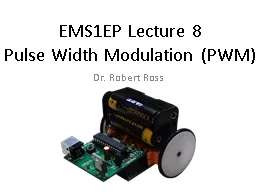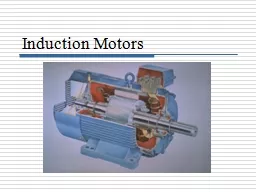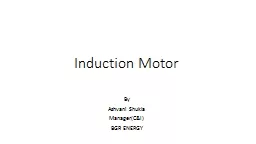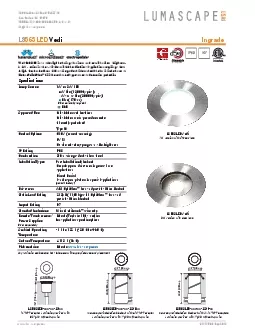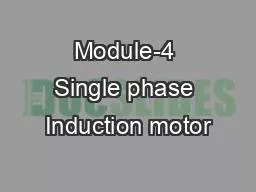PPT-SOFTSTART OF INDUCTION MOTOR BY AC-PWM
Author : tawny-fly | Published Date : 2018-11-13
Submitted by Contents Project overview Block diagram Power supply Induction Motor Soft start of IM Optoisolator Schematic amp Working of the project Advantages
Presentation Embed Code
Download Presentation
Download Presentation The PPT/PDF document "SOFTSTART OF INDUCTION MOTOR BY AC-PWM" is the property of its rightful owner. Permission is granted to download and print the materials on this website for personal, non-commercial use only, and to display it on your personal computer provided you do not modify the materials and that you retain all copyright notices contained in the materials. By downloading content from our website, you accept the terms of this agreement.
SOFTSTART OF INDUCTION MOTOR BY AC-PWM: Transcript
Download Rules Of Document
"SOFTSTART OF INDUCTION MOTOR BY AC-PWM"The content belongs to its owner. You may download and print it for personal use, without modification, and keep all copyright notices. By downloading, you agree to these terms.
Related Documents



